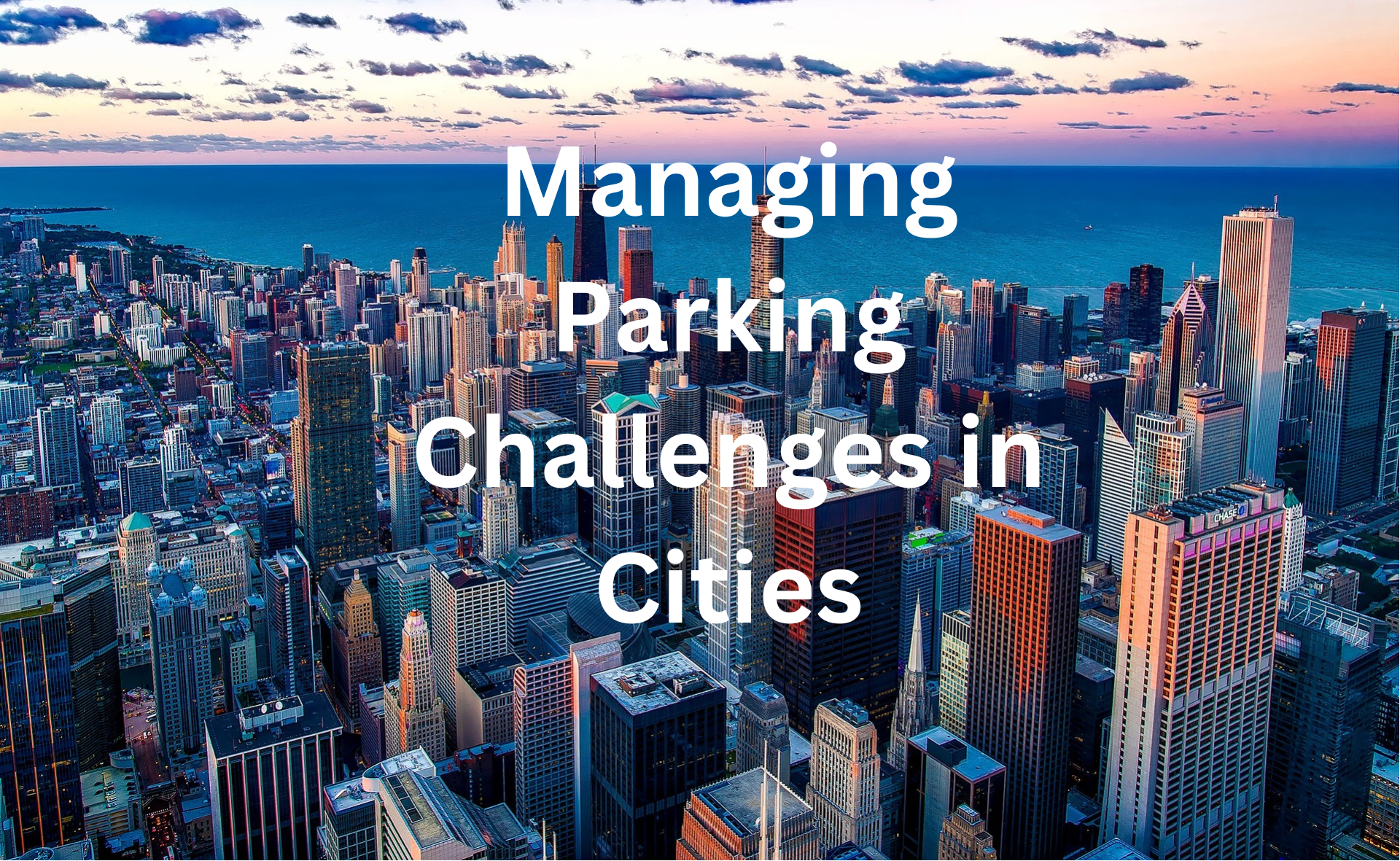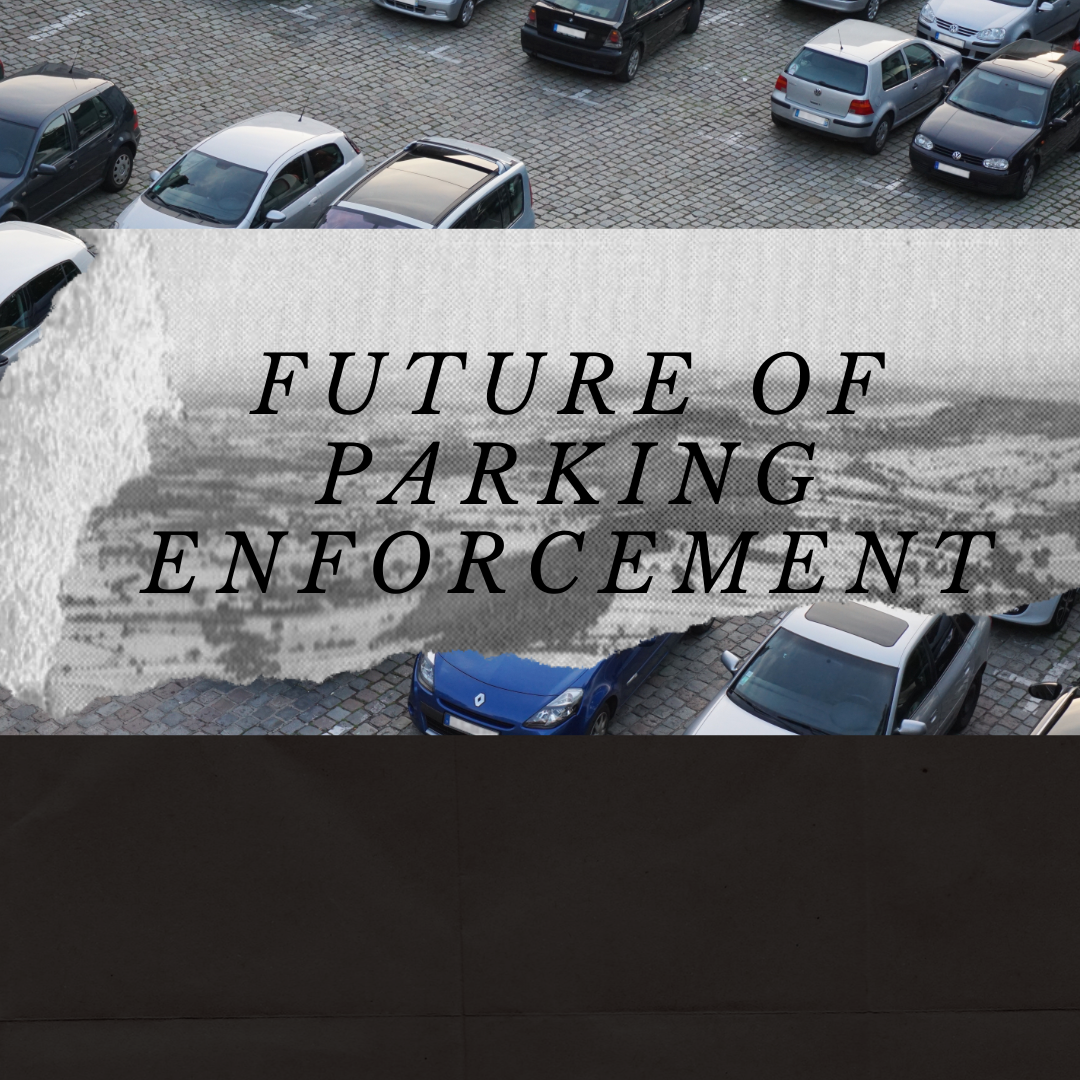Managing Parking Challenges in Cities
Managing parking challenges in urban settings has become a pressing issue as cities continue to grow and face increasing demands for limited parking spaces. The complexities of urban environments, including limited space, high population density, and diverse transportation needs, pose unique challenges for effective parking management. However, innovative solutions and strategies are being implemented to address these challenges and optimize parking availability. In this article, we explore various approaches such as smart parking technologies, efficient payment systems, multi-modal transportation integration, and creative parking facility design. By adopting a comprehensive and forward-thinking approach to parking management, cities can alleviate congestion, reduce environmental impact, and enhance the overall urban living experience. Join us as we delve into the strategies and innovations aimed at effectively managing parking challenges in urban settings.
Implementing Cutting-Edge Parking Management Systems
Implementing cutting-edge parking management systems has become essential in addressing the growing parking demands and challenges in urban areas. Traditional parking systems are often inefficient and result in frustration for both drivers and city officials. However, with the advent of advanced technologies and intelligent parking solutions, cities can now revolutionize their parking management approach. In this article, we explore the benefits and features of these cutting-edge parking management systems and how they can enhance efficiency, reduce congestion, and improve the overall parking experience. Join us as we delve into the world of innovative parking solutions and their potential to transform urban parking management.
Supporting Diversified Transportation Modes
Supporting diversified transportation modes has become a critical focus in urban areas to address the challenges of traffic congestion, environmental sustainability, and the overall well-being of residents. As cities strive to create more livable and accessible environments, it is crucial to promote alternative modes of transportation beyond private vehicles. This article explores the importance of supporting diversified transportation options, such as public transit, cycling, walking, and ridesharing. By encouraging and investing in these modes, cities can reduce dependence on cars, alleviate congestion, lower emissions, and create more vibrant and connected communities. Join us as we delve into the benefits and strategies for supporting diversified transportation modes in urban settings.
Encouraging the Growth of Park-and-Ride Facilities
Encouraging the growth of park-and-ride facilities has emerged as a viable solution to tackle the challenges of urban congestion and limited parking availability. With the increasing number of vehicles on the road, finding parking spaces in crowded city centers has become a major concern for commuters. Park-and-ride facilities offer a convenient alternative, allowing commuters to park their vehicles in designated areas outside the city and continue their journey using public transportation. In this article, we delve into the benefits and strategies of encouraging the growth of park-and-ride facilities, including improved accessibility, reduced traffic congestion, and enhanced sustainability. Join us as we explore how these facilities can transform urban commuting and contribute to more efficient transportation systems.
Elevating Multi-Level Parking Capabilities
Elevating multi-level parking capabilities has become a critical focus in urban environments where limited space and increasing vehicle numbers pose significant challenges. Traditional parking structures often fall short of meeting the growing parking demands, resulting in congestion and frustration among drivers. However, by implementing innovative solutions and design enhancements, multi-level parking facilities can be transformed into efficient and user-friendly spaces. In this article, we delve into the various strategies and technologies that can elevate the capabilities of multi-level parking structures, including smart parking systems, automated parking technologies, and optimized space utilization. Join us as we explore how these advancements can revolutionize urban parking and improve the overall parking experience for drivers.
Enforcing Adjustable Pricing Tactics
Enforcing adjustable pricing tactics has emerged as a promising solution to tackle the challenges of urban parking management. Traditional static pricing models often fail to address the fluctuating demand for parking spaces, leading to inefficiencies and frustrations for both drivers and parking operators. However, by implementing adjustable pricing tactics, such as dynamic pricing or demand-based pricing, cities can optimize the utilization of parking resources and incentivize more efficient parking behaviors. In this article, we explore the benefits and strategies of enforcing adjustable pricing tactics in urban parking, including the use of smart technologies and data-driven approaches. Join us as we delve into how these pricing innovations can enhance parking availability, reduce congestion, and improve the overall parking ecosystem in urban areas.



